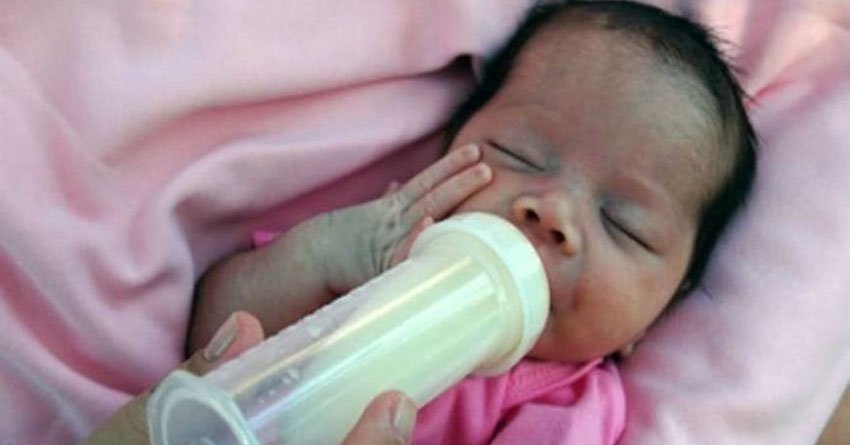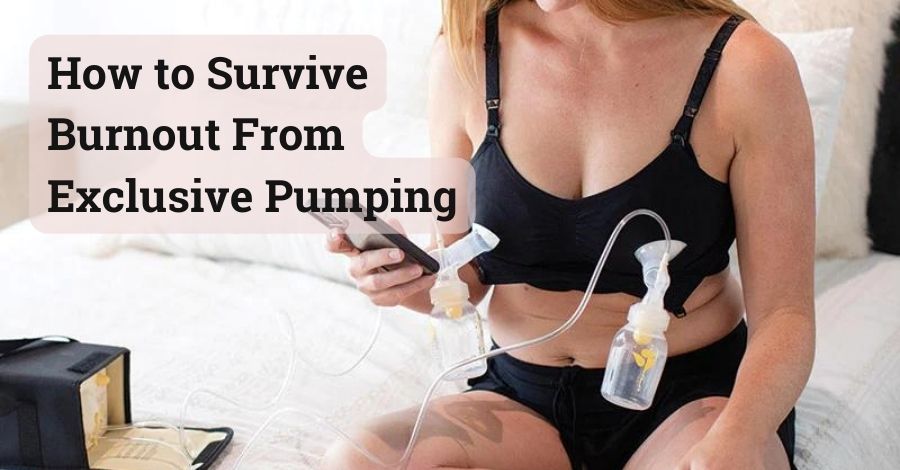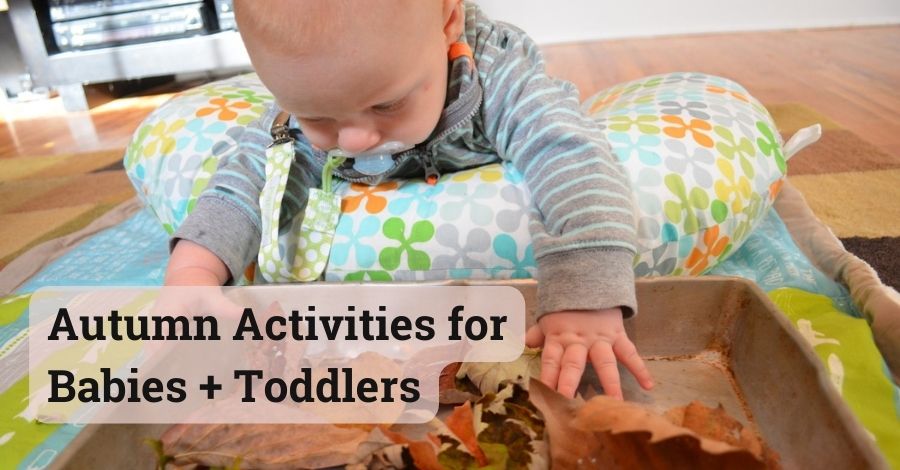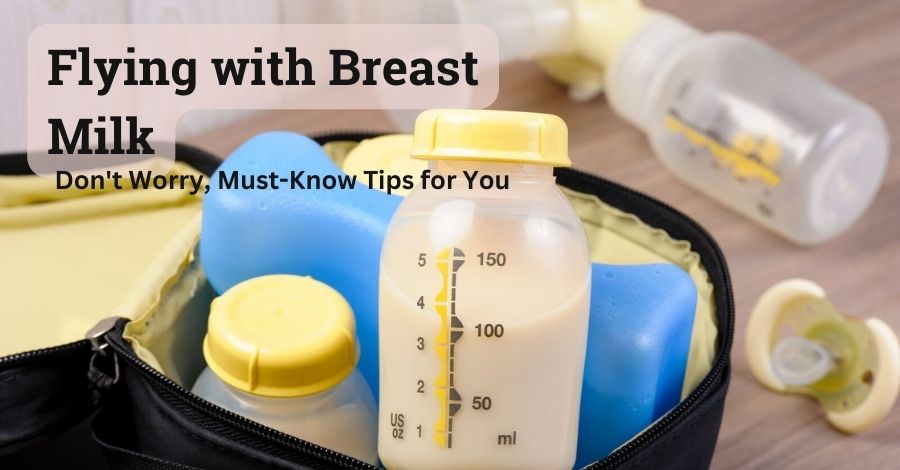
Planning a trip with a little one? If you’re breastfeeding, pumping, or exclusively pumping mothers air travel can add a layer of stress to the journey. It can raise a whole new set of questions. Top of the list? Breast milk! Can you bring it on the plane? How much? How do you keep it safe during the flight? But fear not, mamas! Flying with breast milk is easier than you might think. With a little planning and knowledge, you can ensure your precious breast milk stays safe and sound while you take to the skies. This guide will equip you with everything you need to know about flying with breast milk, ensuring a smooth and stress-free journey for both you and your little one.
Can You Fly with Breast Milk?
Absolutely! The good news is that the Transportation Security Administration (TSA) considers breast milk a medically necessary liquid, exempt from the usual 3.4-ounce container limit. You can bring breast milk (and formula!) in quantities exceeding that limit, allowing you to pack enough for your entire trip.
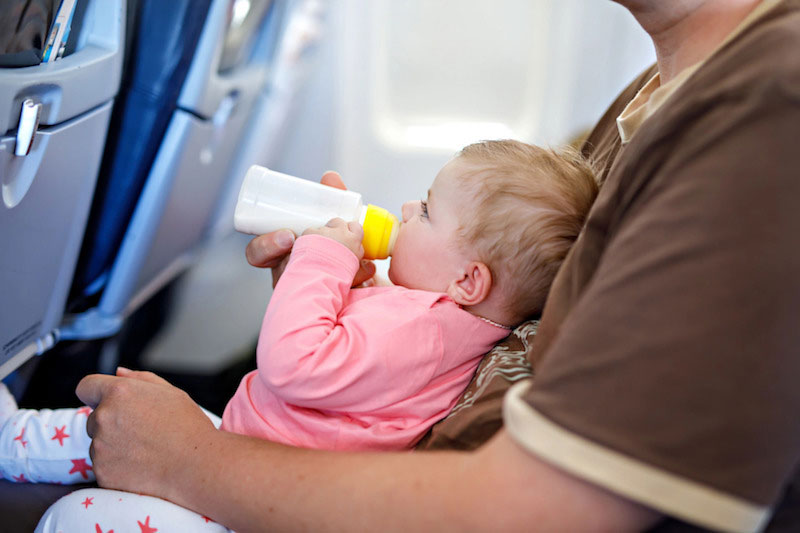
Can You Fly with Breast Milk Without Your Baby?
Yes! Whether you’re traveling for work or pleasure, you can bring expressed breast milk on the plane, even if you’re not flying with your baby. This allows you to build a stash at your destination or bring milk back home.
Understanding Regulations
While TSA allows for larger quantities, it’s always a good idea to familiarize yourself with the specific regulations of your airline. Some airlines might have limitations on the total amount of breast milk you can bring on board. Additionally, international travel might have slightly different procedures, so check with your airline in before flying with breast milk.
Here are some general guidelines:
- Declare it: Let the TSA agent know you’re carrying breast milk at the beginning of security screening.
- Separate it out: Remove your breast milk and related items (ice packs, pump) from your carry-on for separate screening.
- Clear containers preferred: While not mandatory, using clear, leak-proof containers can expedite the process.
- X-Ray Safety: Breast milk is safe to feed your baby after being X-rayed. However, if you prefer alternative screening, you can politely request it. Be prepared for additional screening procedures in this case.
- Testing might occur: In rare cases, TSA officers may request a small amount of breast milk for testing. You can politely decline and request additional screening methods.
Packing and Storage
Here’s how to keep your precious milk safe during your flight:
- Invest in a good cooler bag: A cooler bag with ice packs will keep your milk nice and cold.
- Choose leak-proof containers: Opt for breast milk storage bags or bottles specifically designed for travel.
- Label everything: Clearly label your containers with the date the milk was expressed.
- Freeze your milk for longer trips: Frozen milk lasts longer, making it ideal for extended journeys. However, fresh or refrigerated milk is fine for shorter trips (up to 24 hours).
Storage Tips:
- Pack an extra ice pack or two in case of delays.
- Freshly pumped milk can stay at room temperature for up to 4 hours. Pack enough ice packs to maintain this temperature if your flight is shorter.
- For longer journeys, pre-freeze your breast milk and pack enough frozen ice packs to keep it cold throughout the flight. Frozen breast milk can last up to 24 hours in a well-insulated cooler bag with ice packs.
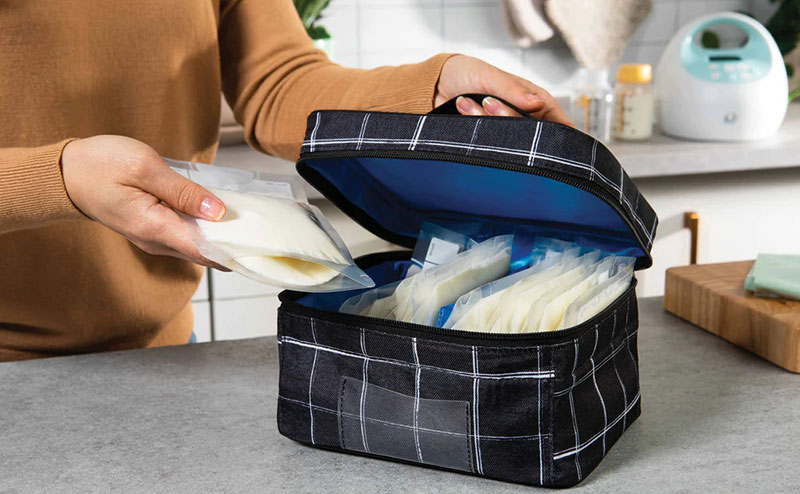
Navigating Security
- Declare your milk: Inform the TSA officer at the beginning of security screening that you’re carrying breast milk.
- Separate it from your belongings: Take your cooler bag out of your carry-on for separate screening.
- Be prepared for inspection: TSA officers may ask you to open the container for visual inspection or a taste test (completely safe for your milk!).
- Be patient: Security checks may take a bit longer due to additional screening.
- Know your rights: Politely explain to the officer that you are traveling with breast milk and are familiar with TSA regulations.
- Opt-out of X-ray: You have the right to request alternative screening methods, but this might involve additional procedures.
How to Fly with Pumped Breast Milk
Before You Leave:
- Check with Airline: Review your airline’s policy on pumping on board. Some airlines offer designated pumping areas, while others might require you to use a restroom.
- Pack Your Pump: Bring your breast pump, extra pump parts, and a clean storage bag for used parts.
- Nursing Cover: Consider bringing a nursing cover for privacy while pumping onboard.
Onboard Strategies:
- Hydrate: Drink plenty of water throughout the flight to stay hydrated and support milk production.
- Snacks: Pack healthy snacks to keep your energy levels up, which can influence milk supply.
- Find a Space: Locate the designated pumping area or a private restroom if needed.
- Pump as Scheduled: Try to stick to your regular pumping schedule as much as possible to maintain your supply.
Tips for Breastfeeding and Pumping While Flying
- Breastfeeding: Check with your airline about breastfeeding policies. Most airlines allow breastfeeding on board, but some may require notification in advance.
- Pumping: Find a quiet corner or use the lactation room if available. Let the flight attendants know you might need to pump during the flight. They can be very accommodating.
- Nurse before boarding: This can help regulate your baby’s feeding schedule and ensure they’re comfortable during takeoff and landing.
- Offer breast milk or a pacifier during takeoff and landing: Sucking can help alleviate pressure in your baby’s ears.
- Keep it discreet: Many airlines offer blankets or nursing covers for breastfeeding moms who prefer more privacy.
Tips for Breastfeeding and Pumping at the Airport
- Plan your arrival time: Allow ample time for security checks and finding a comfortable spot to nurse or pump.
- Utilize lactation rooms: These private spaces offer a clean and comfortable environment for feeding or pumping.
- Bring a breastfeeding cover: This can be helpful if you’re not comfortable nursing in public areas.
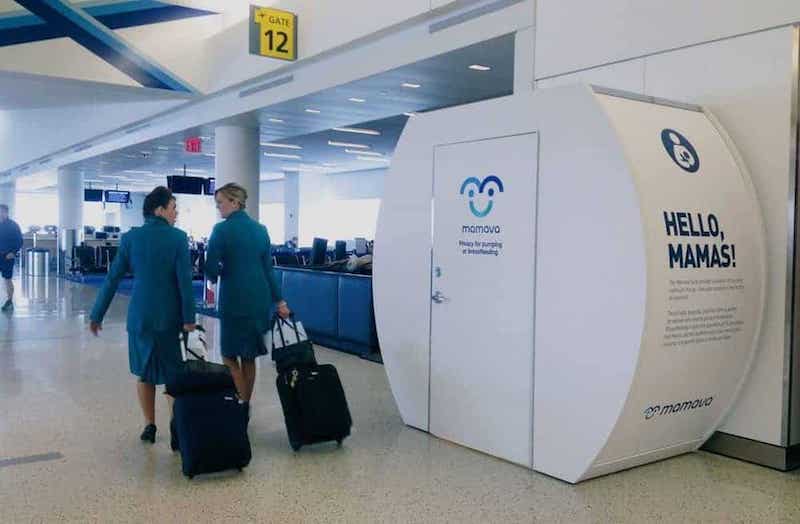
Dealing with Emergencies
Even with the best planning, unexpected situations can arise. Here’s how to handle some potential hiccups:
Flight Delays: If your flight is delayed and your breast milk starts to thaw, prioritize keeping it as cold as possible. Ask a flight attendant if they can store your cooler bag in a refrigerator on board. If unavailable, layer your cooler bag with additional ice packs or request some from the airline. In a worst-case scenario, if the milk completely thaws but still smells fresh, it can be safely used within 24 hours.
Lost or Damaged Cooler Bag: If your cooler bag is lost or damaged, explain the situation to the flight attendant. They may be able to offer a replacement cooler or ice packs. If not, improvise by using towels or blankets to insulate your breast milk containers and surround them with any available ice.
Pumping issues: If you have trouble pumping on the plane due to space constraints, consider hand expressing a small amount to relieve discomfort.
Resources and Support
TSA website: https://www.tsa.gov/travel/security-screening/whatcanibring/items/breast-milk
La Leche League International: https://llli.org/
Airline websites: Check your specific airline’s policies on breastfeeding and pumping.
National Childbirth Trust (UK): https://www.nct.org.uk/ (For travelers outside the US)
International Lactation Consultant Association (ILCA): https://ilca.org/
Conslusion
Flying with breast milk might feel scary at first, but if you get ready and know the rules, it can be easier and even enjoyable. Learn the rules, pack and store your breast milk right, go through security confidently, and use good breastfeeding and pumping methods. This way, you and your baby can have a smooth and easy trip. Stay flexible, tell people what you need, and ask for help when you need it. Then you’ll be ready for anything that comes up while you’re traveling with breast milk. Have a safe trip!
———————
Source: Tips to surviving TSA when traveling with breast milk or formulaed-baby

Hi, I’m Lindley! I’m a stay-at-home-mom sharing all of the tips and tricks I learn throughout my motherhood journey. I’m now navigating through wife life and being a mom while blogging my crazy adventures. I’m so glad to have you along for the ride!
